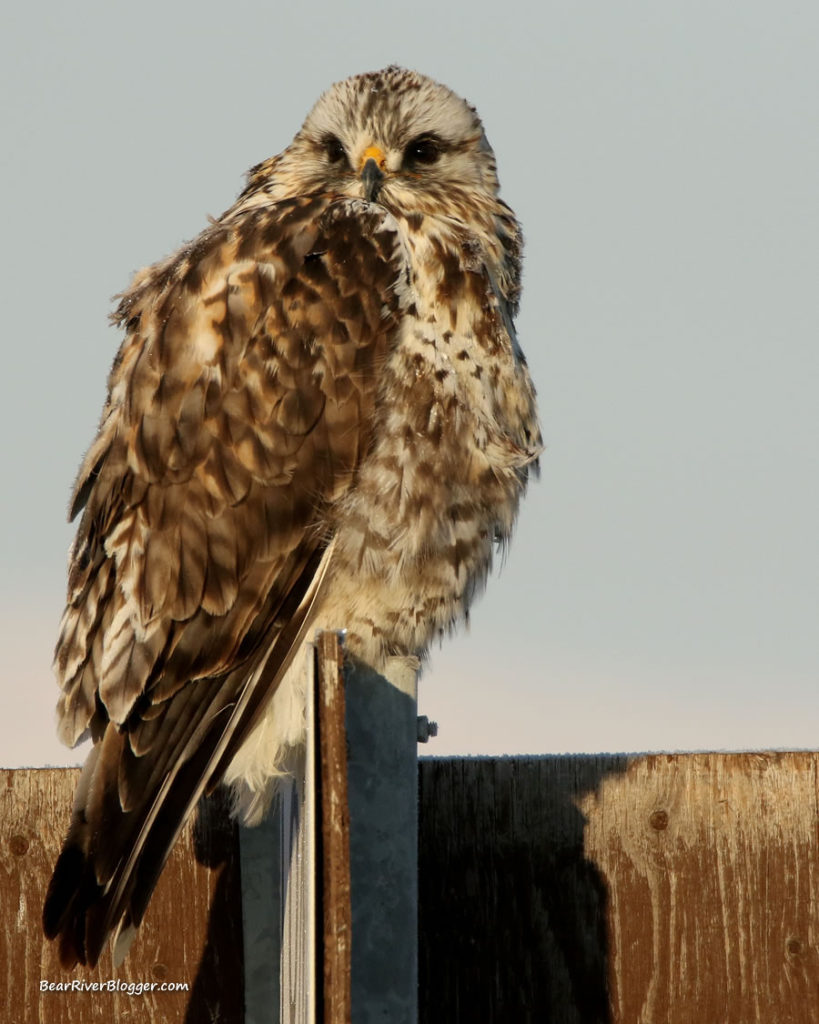The miracle of bird migration is arguably one of the greatest wonders of nature and a most fascinating part of bird life that seems to be constantly changing as time goes on.
In a simple manner, it has long been understood that birds migrate south to find food in warmer climates during winter and fly back north to return to traditional breeding grounds for summer.
Sounds pretty reasonable, doesn’t it?
But what propels a bird to actually head out on migration remains a mystery.
And what causes a bird to leave one area months earlier than normal and take a chance on their chosen destination won’t have inhospitable conditions awaiting their arrival is, even more, a mystery, if truth be told.
This winter is a good example of that as several bird species have been staying later than they usually do, others birds are returning much earlier than normal, and some birds, as strange as it may be, just never migrated at all this winter.
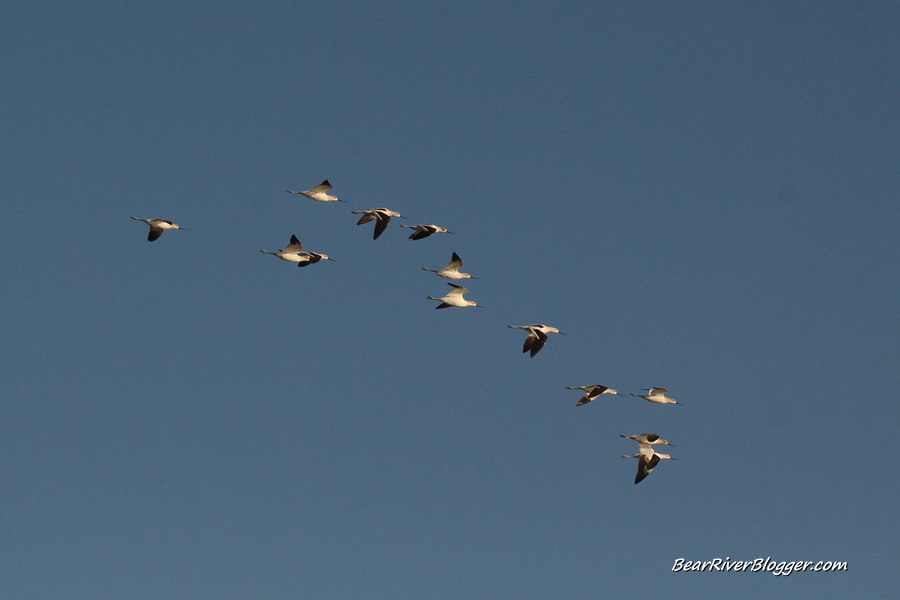
Today, while doing some bird watching and photography at Farmington Bay, I was reminded of how much bird migration seems to be changing over the past several years or more.
American white pelicans are starting to show up in northern Utah in large numbers now, a time when waterways around these parts in normal years should still be frozen.
I counted nearly 100 pelicans on Farmington Bay today and have seen this species of bird for more than a week now in Utah, months earlier than what I typically see during past years.
As I was walking back to my car, 3 flocks of winter-plumage American avocets flew overhead, a bird I have personally never observed in January before but one that I have seen stick around once through Christmas day a couple years ago on the Bear River Migratory Bird Refuge.
White-faced ibises have been hanging around all winter on Farmington Bay this year, a summer bird that is one of the mass-migrators during early fall so having them poke and prod in snow-covered earth is quite out of place, to say the least.
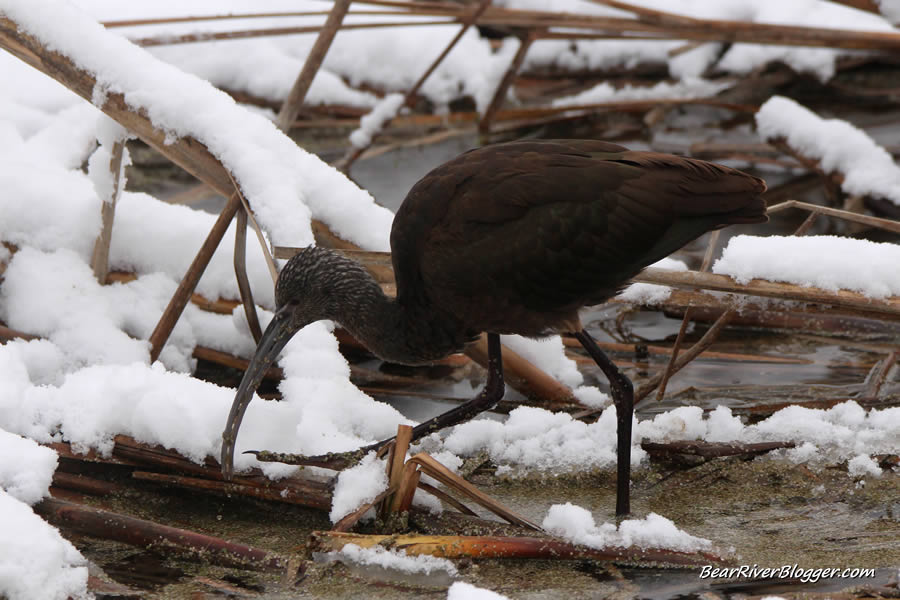
Each spring, thousands of tundra swans migrate through northern Utah, making stops at locations such as the Bear River Migratory Bird Refuge auto tour route, Salt Creek WMA, and Farmington Bay WMA.
During most years, tundra swans start to show up in Utah in small flocks at first during the latter part of February and peak in great numbers in mid-to-late March.
But this year, thousands of tundra swans have already shown up at Farmington Bay, nearly a month earlier than in most years.
Some tundra swans never even migrated, in fact, but stayed all winter on the Bear River Migratory Bird Refuge, a phenomenon that has been occurring more and more during recent times.
So what is going on with bird migration this winter?
Well, I don’t know. I just don’t rightfully know.
I would think these warmer, dryer winters have something to do with it, but what compels a bird thousands of miles away to migrate a month or more earlier than normal is a question that might never get answered I suppose.
It has long been thought the diminishing and growing amounts of daylight during both winter and spring play a part in instigating bird migration, something that is commonly seen with hummingbirds, for instance, when they leave our well-stocked feeders and warm late-summer temperatures to head further south.
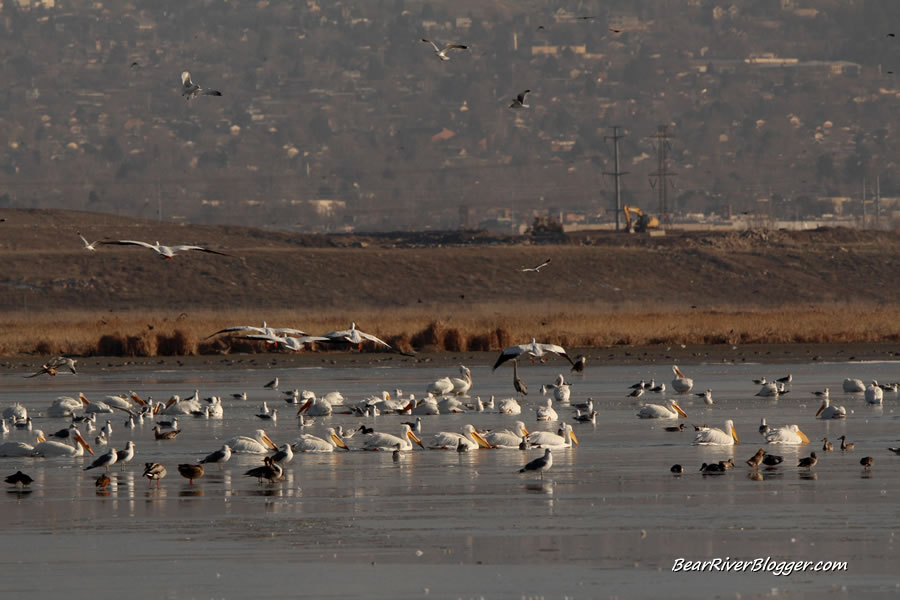
And it is quite obvious many bird species, like the tundra swan, for example, during a hard freeze, are quite responsive to fluctuations in weather conditions such as temperature and snowfall as a trigger to suddenly migrate.
But what about the growing anomalies of birds far out of place this time of year that are being seen more and more that buck the trend of migrating at normal times and because of normal conditions?
There has to be more than just weather and daylight that can help trigger a bird’s urge to migrate because we are seeing it more and more as the years go by with birds migrating at times that leaves us, bird watchers, scratching our heads wondering why this bird isn’t thousands of miles away right now.
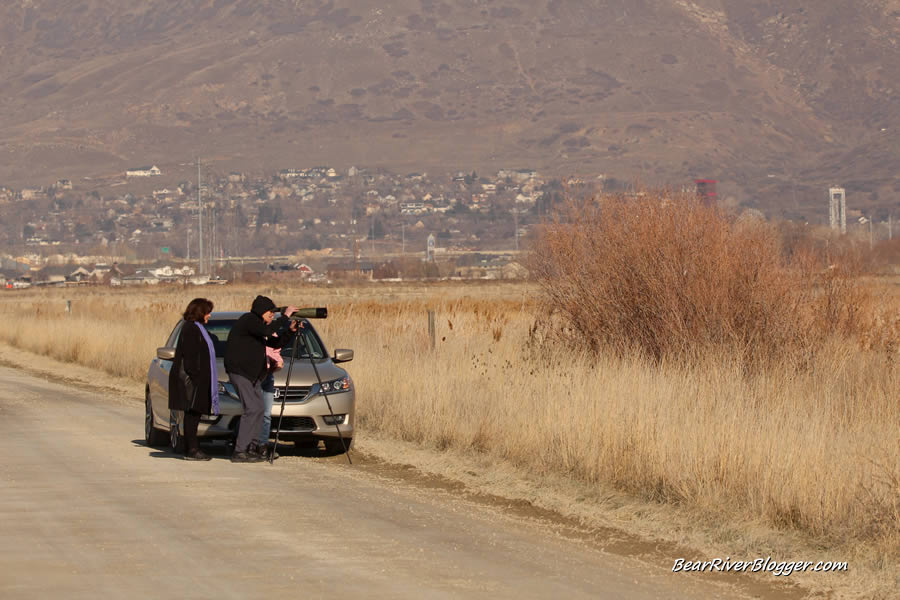
All I can say is even if this mystery of bird migration is never solved, having these unusual sightings are one of the many reasons bird watching is such a great hobby no matter the age or level of experience or knowledge.
Just get outside and watch birds, it’s just that easy.
If you’re an avid bird watcher like I am, I offer you to head on over to our subscribe page and sign up for email notifications for future blog posts.
We truly appreciate your support and readership for our website.
Monarch Butterfly Vintage Sunset Classic T-shirt, available in a variety of colors and styles. Visit our online store for more information or to make a purchase, and use coupon code save20 for 20% off for a limited time.






